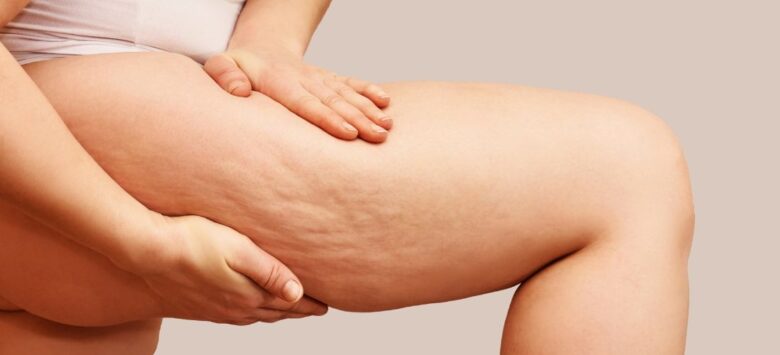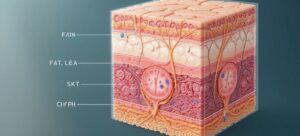Cellulite is a term many people are familiar with, but few truly understand. It’s surrounded by myths, misconceptions, and sometimes even shame. Let’s break it down, understand what cellulite really is, explore its causes, and debunk some of the most common myths.
What Is Cellulite?
Cellulite refers to the dimpled or lumpy appearance of skin that commonly occurs on the thighs, hips, buttocks, and abdomen. It’s caused by the interaction between connective tissues in the dermis (the layer below the surface of the skin) and the fat beneath it. When fat pushes against the connective tissue, it creates an uneven surface, resulting in the characteristic “orange peel” or “cottage cheese” texture.
It’s important to note that cellulite is not a medical condition but a cosmetic concern. It’s incredibly common and affects up to 90% of women and a smaller percentage of men at some point in their lives.
Causes of Cellulite
Cellulite can be caused by various factors, including:
1. Hormones
Hormones such as estrogen, insulin, and thyroid hormones play a significant role in the development of cellulite. Estrogen, in particular, is believed to influence fat distribution and connective tissue strength, making women more prone to cellulite.
2. Genetics
Your genes determine the structure and elasticity of your skin and connective tissues. If your family has a history of cellulite, you are more likely to develop it.
3. Diet and Lifestyle
A diet high in processed foods, sugars, and fats can contribute to cellulite formation. Lack of exercise and poor circulation can also exacerbate the condition.
4. Age
As we age, our skin loses elasticity and becomes thinner, making cellulite more visible. Reduced collagen production also weakens connective tissues, further contributing to its appearance.
5. Body Fat Percentage
While even slim individuals can have cellulite, a higher body fat percentage may make it more pronounced. This is due to the increased fat pushing against the connective tissue.
Myths vs. Facts
There’s a lot of misinformation about cellulite. Let’s separate fact from fiction:
Myth 1: Only Overweight People Have Cellulite
Fact: Cellulite affects people of all shapes and sizes. Even athletes and slender individuals can have cellulite due to genetic factors or hormonal changes.
Myth 2: Cellulite Is Caused by Toxins in the Body
Fact: There’s no scientific evidence to support the claim that toxins cause cellulite. It’s primarily a result of the structure of fat and connective tissue under the skin.
Myth 3: Drinking More Water Will Cure Cellulite
Fact: While staying hydrated is great for your overall skin health, it won’t eliminate cellulite. Hydration can slightly improve skin appearance, but it’s not a cure.
Myth 4: Cellulite Creams Can Completely Erase It
Fact: Many creams claim to reduce cellulite, but their effects are usually temporary and superficial. No cream can permanently change the structure of connective tissues.
Myth 5: Exercise Alone Can Get Rid of Cellulite
Fact: Exercise can help reduce the appearance of cellulite by improving muscle tone and reducing fat, but it won’t eliminate it completely.
Prevention and Management Tips
While you can’t completely prevent cellulite, there are ways to minimize its appearance and manage it effectively:
- Maintain a Healthy Diet: Incorporate fruits, vegetables, whole grains, and lean proteins into your diet to support skin health.
- Stay Active: Regular exercise, especially strength training and cardio, can help improve muscle tone and circulation.
- Hydrate: Drink plenty of water to keep your skin hydrated and improve its elasticity.
- Massage and Dry Brushing: These techniques can temporarily reduce the appearance of cellulite by stimulating circulation and lymphatic drainage.
- Skincare: Use products with retinoids or caffeine to enhance skin texture temporarily.
Conclusion
Cellulite is a natural and common occurrence that doesn’t reflect one’s health or fitness level. Understanding its causes and separating myths from facts can empower you to approach it with confidence and self-acceptance. While there’s no magic solution to banish cellulite, adopting healthy habits and embracing your body can make a significant difference.
Remember, cellulite is part of the human experience. Rather than focusing on erasing it, let’s celebrate our bodies for what they are—unique, strong, and beautiful.
Have questions or tips to share? Let us know in the comments below!




